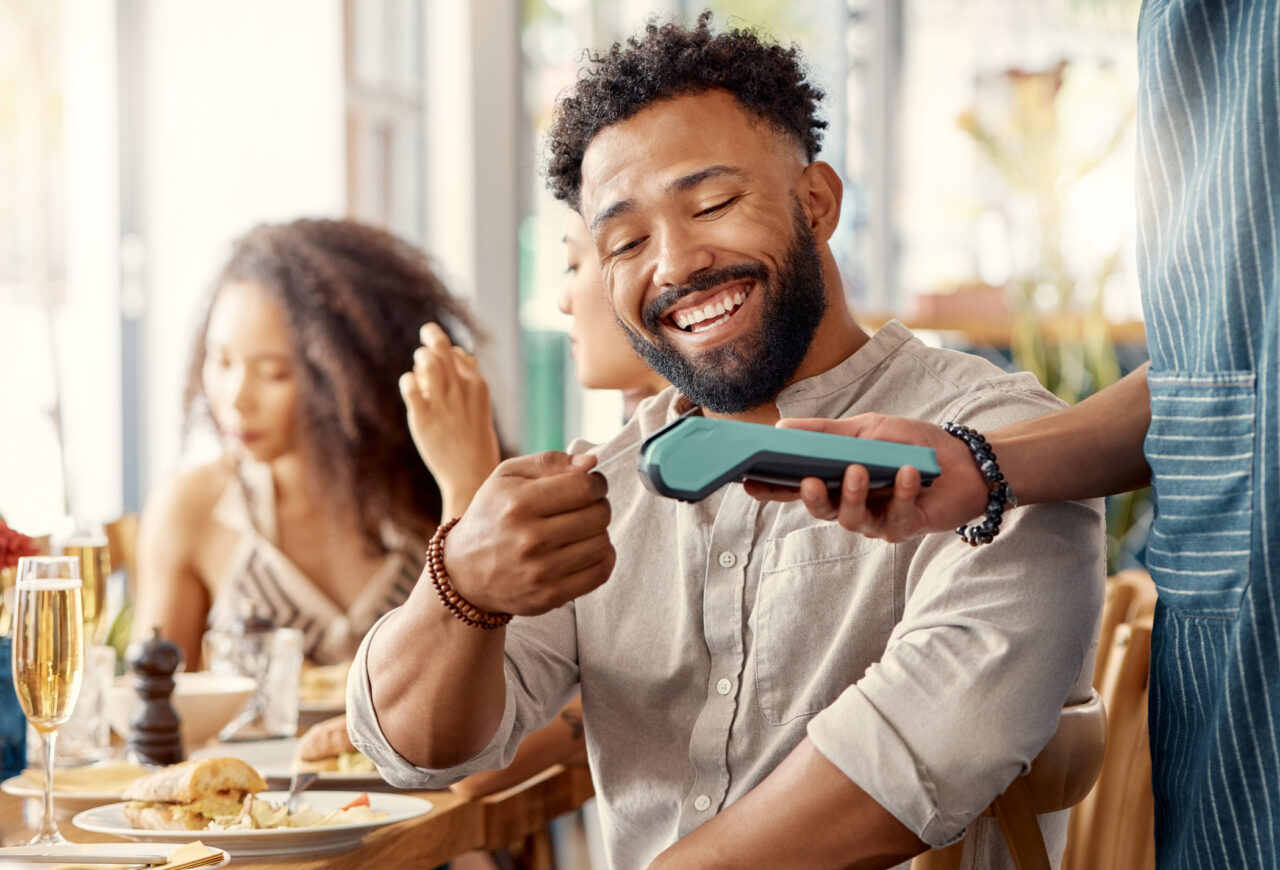Top 3 Summer Trends that Food Service Operators Love

In recent years, restaurant owners and operators have experienced significant changes in consumer behavior. Today, the average consumer is a health-conscious and tech-savvy guest who is no longer swayed by generic discounts and basic quick service meals.
By Brandon Solnit – PAR Technology
The summer of 2022 saw restaurants adapting and implementing successful trends to maneuver through forever-changing consumer behavior. Foodservice brands have needed to evolve their marketing strategies and menu items to reflect the demand of their customers. Here are our top three favorite summer trends that foodservice operators love and found success utilizing.
- TikTok Marketing
Currently, around 4.48 billion people worldwide actively use social media, making these platforms powerful marketing tools for brands. Restaurant owners and operators can utilize social media platforms, like TikTok, to increase brand awareness, promote products and services, and drive sales.
TikTok recently announced they have over 1 billion active users, which is roughly 22.32% of active social media users worldwide. With so many faces on one platform, major brands, like Sweetgreen and Dunkin’, have taken their marketing strategies to TikTok by posting relevant content to connect with their customers.
No, Sweetgreen and Dunkin’ are not popping and locking their ways to success. Rather, these brands are providing the target audience with an inside scoop on recipes, promotions, and anything relevant happening with the restaurant.
Recipe content is the current trend on TikTok, and Sweetgreen is finding major marketing success by posting recipes their guests have come to love.
Dunkin’ is finding similar success by posting different menu items, promotions, and influencer collaborations. Earlier this year, Dunkin’ posted a TikTok promoting “Dunkin’ Iced Coffee Day”, stating that $1 from every iced coffee sold on that day will go to the Dunkin’ Joy in Childhood Foundation. The campaign was a huge hit as the video reeled in roughly 16 million views with over 200k likes.
- Plant-Based Meals
A significant change the foodservice industry saw in consumer behavior was the influx of health-conscious guests. Now more than ever, consumers are extremely aware of what they are putting in their bodies and making the switch to healthier food alternatives. Veganism has quickly become mainstream, raising the demand for healthy alternatives like organic and plant-based food and drinks. The number of plant-based items on United States restaurant menus has increased by 1,320% in the last two years. According to a recent Acosta report, plant-based meals are all the rave right now on restaurant menus with:
- 40% of today’s customers buy plant-based meat and dairy alternatives, citing health as their motivation
- 50% of plant-based buyers claim it is important for restaurants to offer plant-based options
- 60% of those surveyed said they had purchased plant-based products several times a month
With the increase in healthy eating, restaurants have needed to adapt their menus to satisfy a full spectrum of customers.
- Mobile Ordering Apps and Loyalty Programs
As consumers become more tech-savvy and glued to their mobile devices, restaurants must provide a mobile ordering app and loyalty platform to facilitate future success. Mobile ordering apps and loyalty programs increase foot traffic and drive sales. According to a recent Zippia report, online ordering accounts for approximately 42% of the overall food ordering market while 46% of those surveyed expect restaurants to have online ordering.
Convenience is at the heart of most restaurant consumers. They want the luxury of being able to place orders quickly and easily from their favorite restaurants at the tap of a button. Mobile ordering apps may seem like an unnecessary commodity for lazy guests; however, they have the power to connect guests to the meals they love and to restaurants and their loyalty programs.
Per a recent Hospitality Tech report, 67% of consumers use mobile apps to connect with QSR and table-service restaurant loyalty programs, while 37% reported a restaurant loyalty program would encourage them to spend more on food orders. Loyalty programs, like Punchh®, are hot commodities in the foodservice industry because they interact with customers at every touchpoint to provide restaurant owners and operators with crucial customer insights that can be used to deliver a personalized experience to the consumer. No longer do generic discounts fully satisfy guests as they desire more personalized rewards and experiences.
The summer of 2022 saw restaurant brands embrace new marketing strategies, new healthy menu items, and the adoption of mobile ordering apps and loyalty programs. Since consumer behavior is always subject to change, restaurants will need to continue to adapt and implement new technologies and strategies to always satisfy their guests.


